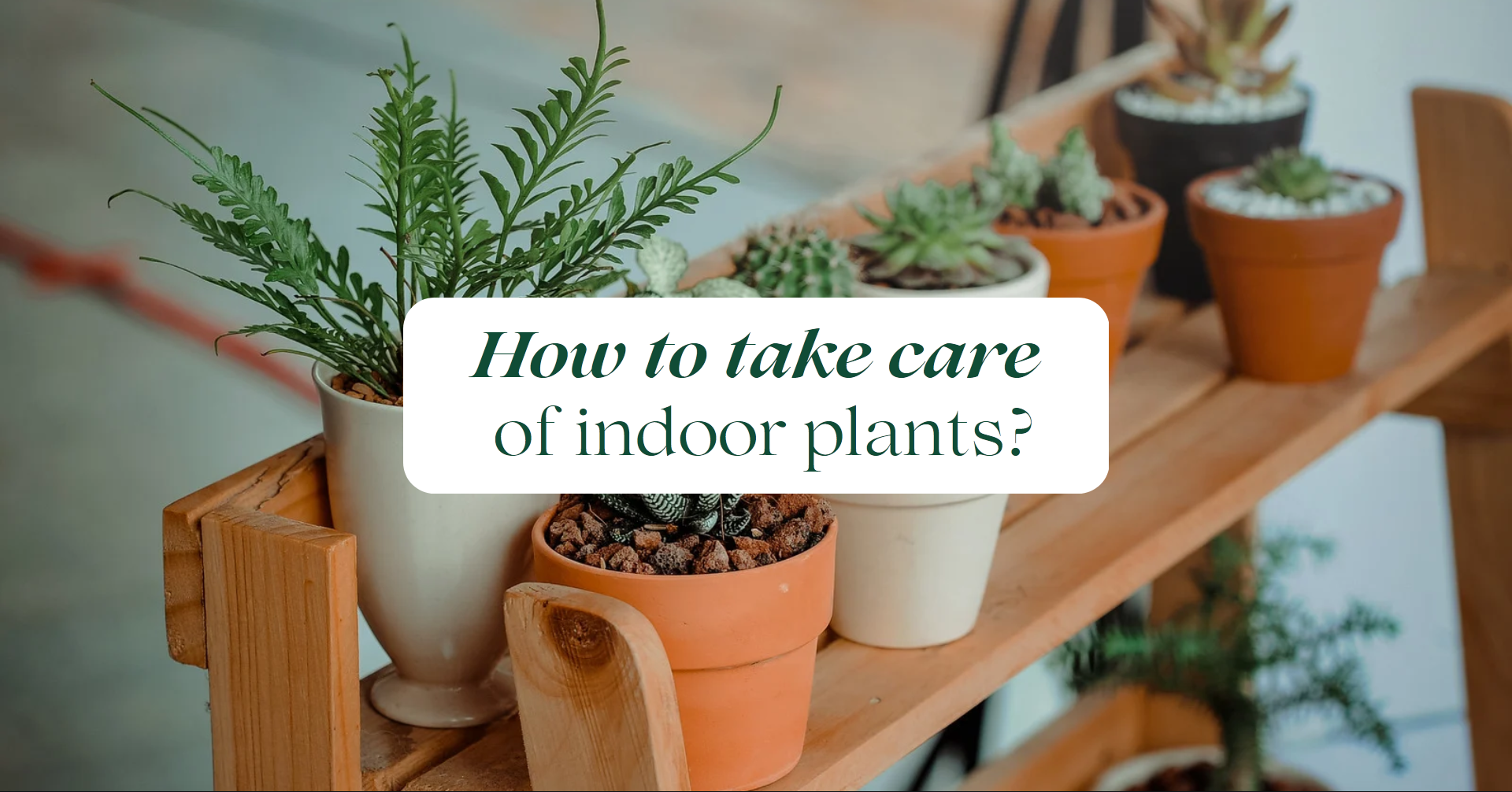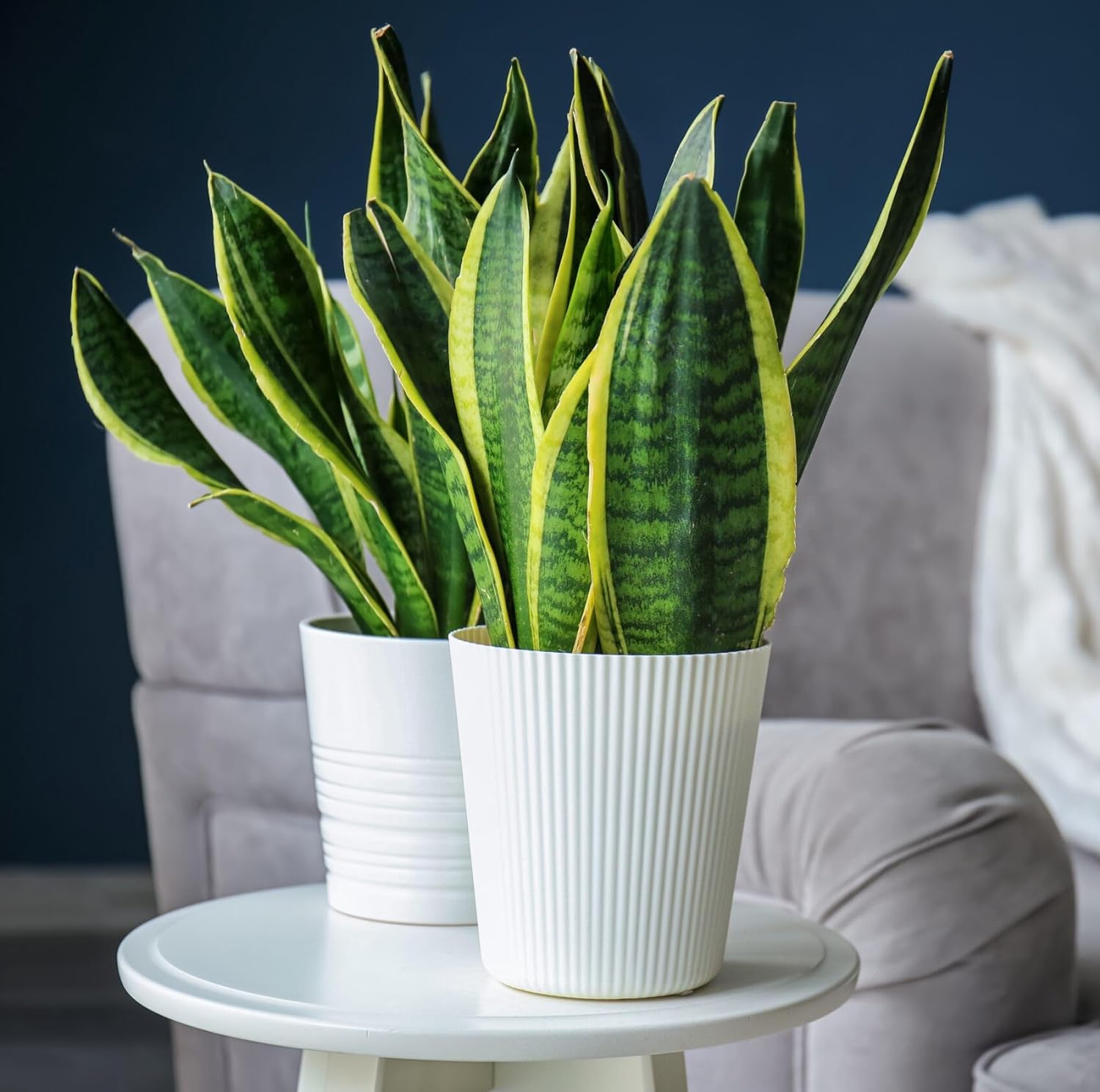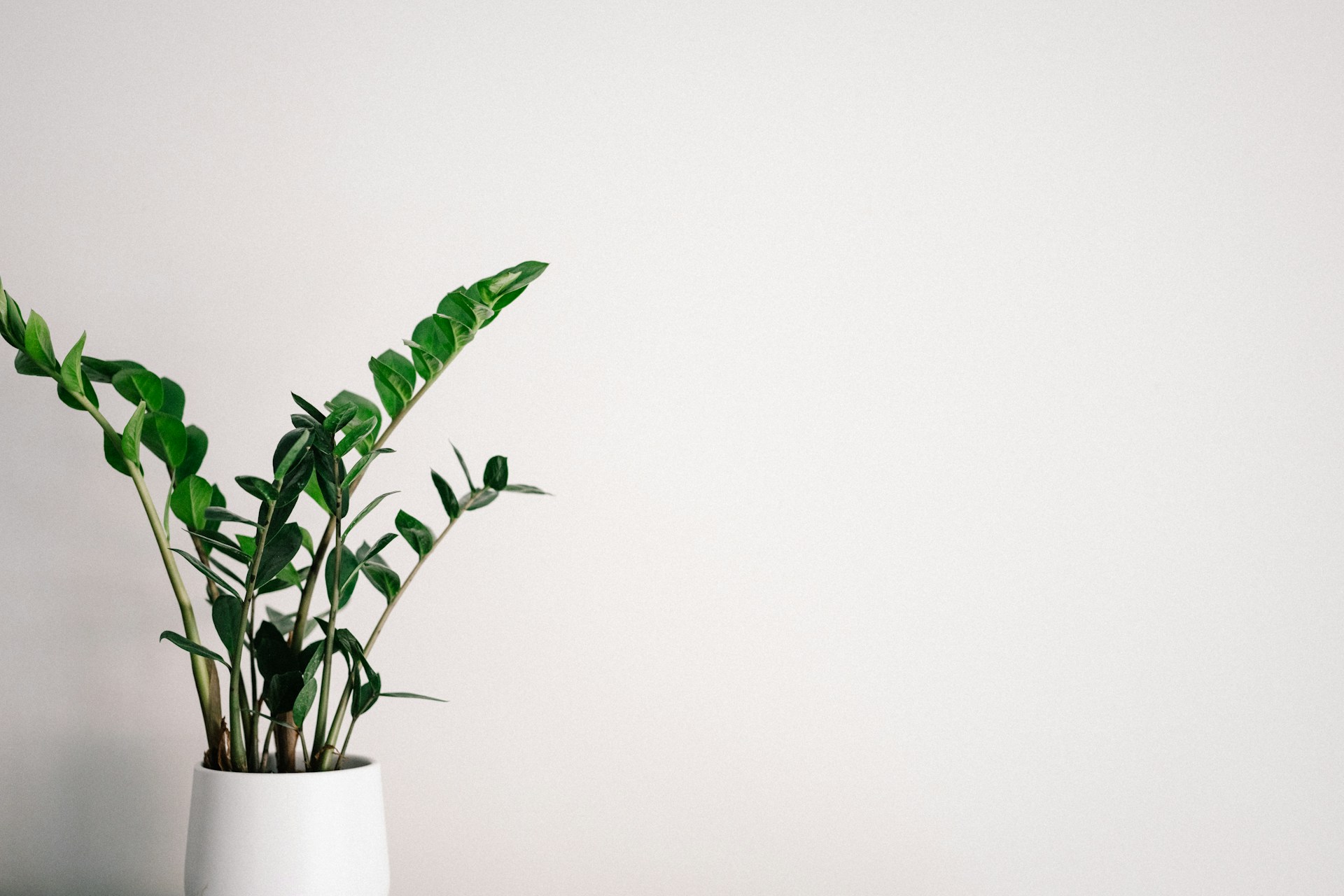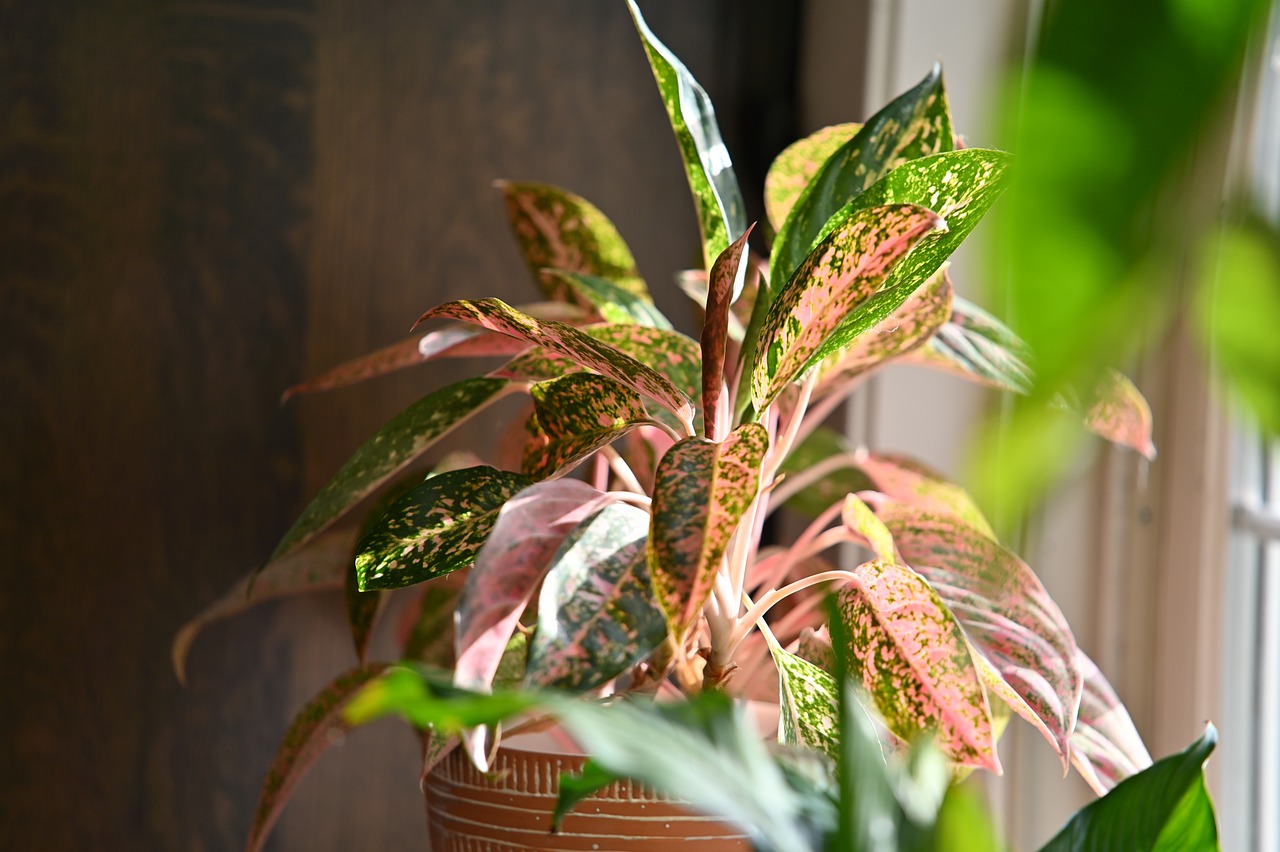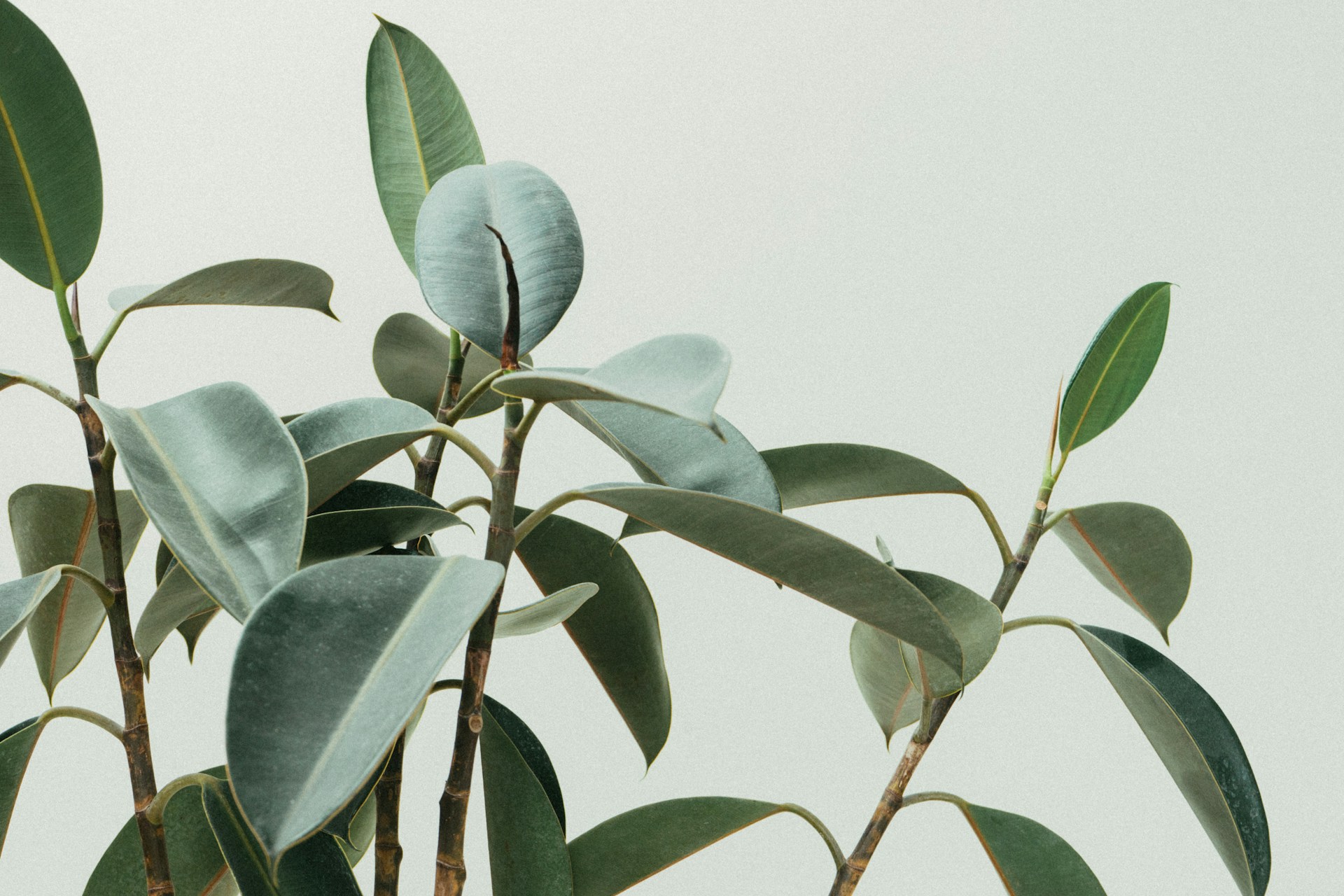Contents
ToggleYou want to know how to care for indoor plants? Congratulations! Taking care of the indoor plants is easy if you know the basics. Here are the top things you need to know to take care of your indoor plants.
Benefits of Indoor Plants:
Indoor plants are the perfect solution to enhance the quality of indoor air without the need for costly air filters. Indoor plants are highly effective in absorbing harmful toxins like Benzene and formaldehyde from the surroundings.
Furthermore, indoor plants elevate humidity levels, thereby enhancing skin health and reducing coughs and colds. Additionally, research indicates that individuals with indoor plants enjoy improved blood pressure, diminished pain and anxiety, and expedited healing processes.
What are the best indoor plants for you?
The selection of a plant should be based on personal preferences and the available space and light conditions to ensure optimal growth. As we discussed in the article of top 7 indoor plants, a usual plant will need your time to water, provide nutrition, clean, and observe the plant’s health in general.
The key is to fall in love with your green buddies. Once you do, you will have plants in every nook and corner of your house.
Understanding Your Plant Needs



◼Light Requirements
◼Watering
The best way to find out whether your plant needs watering is to check the top one inch of the soil. If found dry, it is time to water. Use the “soak and drain” watering method to water your plants. Thoroughly water the plant until water drains out from the bottom of the pot. This method ensures that the entire root ball is moistened. After watering let the excess water drain out completely. If using the plate below your pot, throw out the excess water.
◼Nutrition
Both fertilizing and repotting play essential roles in maintaining the nutritional balance and health of indoor plants.
Fertilizers:
Fertilizers are equivalent to vitamins for humans. Boost your plant’s growth with timely fertilization! When they’re in a healthy state, give them a nutrient boost but if your plants appear unhealthy or lackluster, hold off on fertilizing. It could be a sign of light or water issues. Take a moment to assess their environment before proceeding.
Also, always follow the recommended measures of the fertilizer and never over fertilize your plant. For your convenience, consider using commercially available fertilizers. These come in various forms—liquid, powder, or tablets—as suggested by the experts at the University of Illinois Urbana-Champaign.
Repotting:
Wait to repot new plants until they show signs of health, like producing new leaves. And When it’s time to repot, remember to choose pots with drainage holes so your plants don’t drown –your plants will thank you for it.
When you’re switching pots, grab one just a tad bigger than the last to avoid drowning your plant in too much water. And here’s a pro tip: mix in some pumice or perlite with the soil for extra root strength.
Oh, and when you’re moving them to their new digs, keep the soil level the same to keep their stems strong and healthy. It’s like giving your plants a fresh start – they’ll love you for it!
◼Pruning and Maintenance:
Pruning is necessary in spring or autumn for best growth. Ensure to use a clean, sharp pruning tool and sanitize it before pruning to prevent transferring bacteria or fungus. It is recommended to prune at least 1 cm above a node to encourage new shoots without harming the plant. Also do prune a bit more than desired to shape the plant’s silhouette for optimal growth.
Seasonal Care of Indoor Plants:
Changes in season do bring changes in the environment for the plants. The change in light and humidity in the surroundings affects your plants too.
In winter ensure that your plants are getting enough indirect light. Watering needs usually reduce in winter months. The best way is always check the top one inch of the plant soil, and if dry it is time to water the plant.
Spring
- Increase frequency as plants enter their active growth phase.
- Ensure plants receive ample sunlight as daylight hours lengthen.
- Watch for temperature fluctuations and protect plants from sudden cold snaps.
- Monitor for pests such as aphids and spider mites; consider preventive measures like neem oil.
Summer
- Maintain consistent moisture levels, adjusting frequency during hot weather.
- Provide shade for plants sensitive to intense sunlight; avoid direct exposure during peak hours.
- Keep plants cool and well-ventilated; watch for signs of heat stress.
- Increase vigilance for pests and consider natural remedies or insecticidal soap if necessary.
Autumn
- Reduce frequency as temperatures cool and plant growth slows.
- Adjust placement to maximize sunlight exposure before shorter days set in.
- Prepare for cooler temperatures by bringing sensitive plants indoors or providing frost protection.
- Monitor for indoor pests like fungus gnats; consider using yellow sticky traps.
Winter
- Water sparingly, allowing soil to dry out between waterings.
- Ensure plants receive adequate light despite shorter daylight hours; consider supplemental lighting if needed.
- Protect plants from cold drafts and maintain stable indoor temperatures.
- Monitor for signs of indoor pests; reduce humidity to discourage fungal issues.
Common Indoor Plant Problems and Solutions:
If you are serious about caring for your indoor plants, it’s important to familiarize yourself with their common problems, solutions, and preventative measures for the future. The most common problems that your house plant can get is yellowing and wilting. Keep reading to find out how to solve these common houseplant problems.
◼Yellowing:
When the leaves of your plant turns yellow, this discoloration can be the sign of yellowing and it can happens because of various reasons. Some of them are:
Overwatering and Underwatering: Both overwatering and underwatering can cause yellowing in your plant. If your plant’s soil is bone dry then you should increase the frequency of watering but still stick to the same trick above: water only when the top one or two inch of soil feels dry.
Bad Drainage and Lack of nutrition: Poor drainage affects the plant’s ability to absorb nutrition, resulting in yellowing of the leaves. Also check the pH of the soil and make sure you are giving your plant essential nutrition.
Diseases: Healthy plants are less susceptible to diseases but are not fully immune. The key is to look for any abnormalities on the stems, leaves, and the plant overall. Act immediately on any abnormalities.
Stress from surroundings: Extreme temperatures, direct sunlight, and very low humidity could stress the plant which could result in wilting and yellowing of the plant leaves.
◼Wilting:
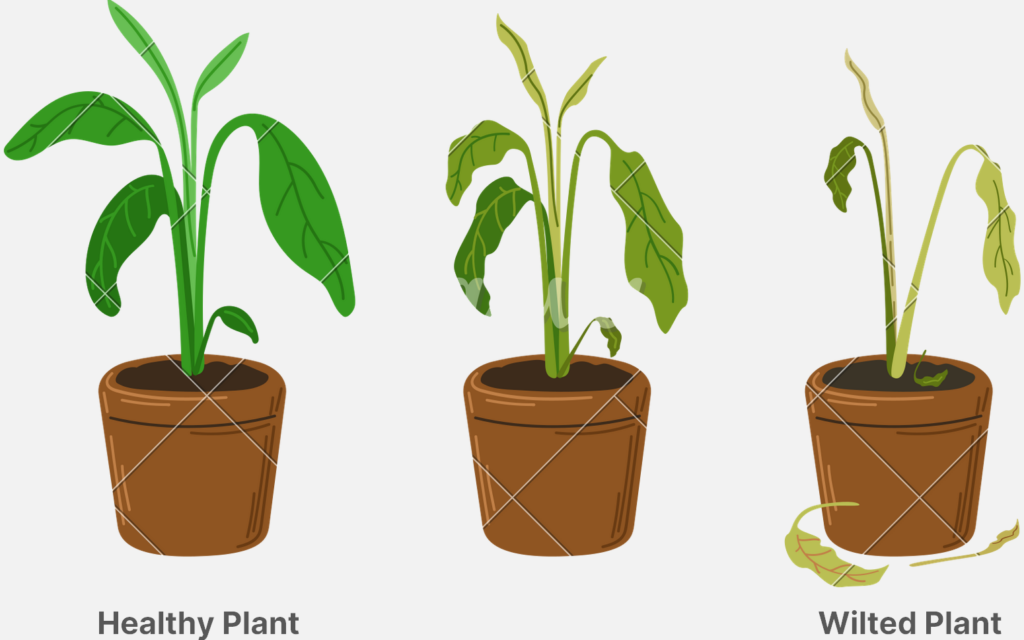
It is wilting when the non-woody part of your plant lost the rigidity. The plant wilting could be a result of exposure to extreme temperatures, bacterial infection, or low humidity.
Extreme Temperatures: The plant’s water retention gets affected when exposed to extremely high temperatures resulting in wilting. Whereas a very low temperature will slow down the metabolic process resulting the stunted growth and weak health.
Direct Sunlight: Indoor plants are accustomed to direct sunlight and long exposure will result in sunburn and leaf damage. Avoid direct sunlight and position your indoor plants accordingly. You should be aware of the light requirements for your plant for different seasons.
Bacterial Infections:
Water-soaked lesions on the leaves are one of the most common ways to identify bacterial infection. The infection could cause wilting, the leaves could turn dark and yellow, and rotting of the roots.
To avoid this make sure you don’t drown your plants with too much water. Make sure there’s enough room between your plants and keep up with regular trimming.
Try using bio or organic fungicides—they act like a shield, making it tough for fungal spores to hang around and cause trouble. Consult the expert in the nearby nursery or buy this product online.
Conclusion:
In the end, the key is to have fun and feel better around your plants. Consider your plants to be your family and keep checking if they are alright. If you observe anything abnormal, do not delay to troubleshoot and apply the right remedy.
Green love to you all. Keep smiling. Ciao.
“After all, in a world full of chaos, a house filled with plants is a sanctuary of peace and tranquility.”
– Unknown
